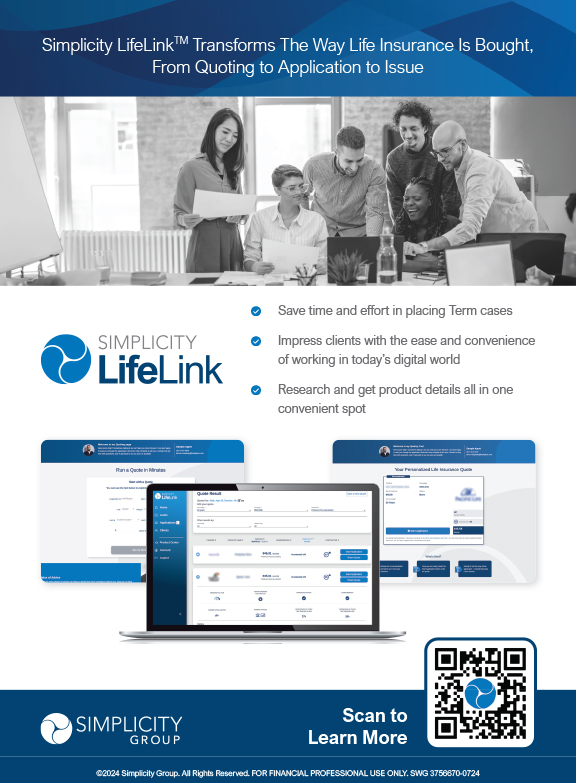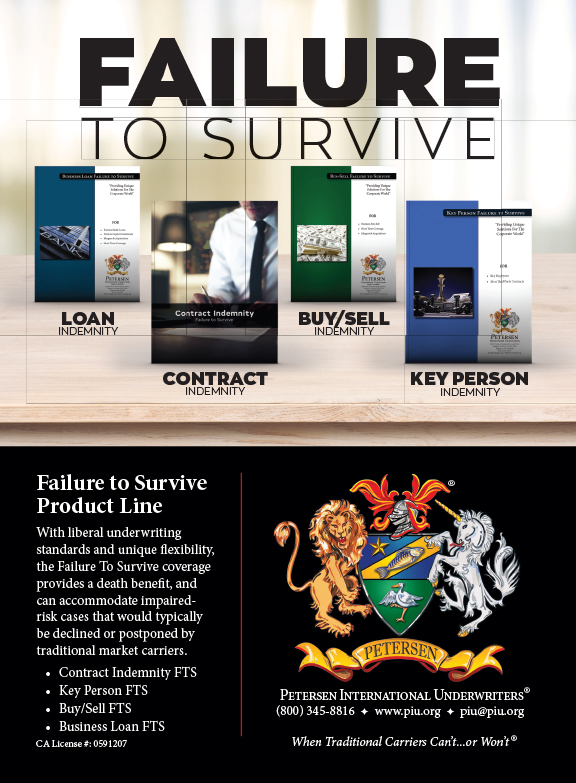For many Americans the quality of retirement will come down to having a guaranteed lifetime income sufficient for their needs. More than 50 million workers contribute to 401(k) plans sponsored by their employers, yet many may not realize their retirement dreams. The key reason is that 401(k) plans generally offer only investments that wax and wane in value with market changes, or they offer a fixed rate choice that currently falls short of matching inflation. Neither of these approaches can guarantee a lifetime income to outlast retirement.
What’s more, once retirement arrives the choices available to retirees are limited: a lump sum payout that could challenge the employee’s investment literacy to manage it, an income from an immediate annuity based on today’s abysmally low interest rates, or an inflexible lifetime income from a variable annuity. Additionally, the typical 401(k) plan has headwinds from fees and charges that significantly dampen long term earnings potential. It is easy to understand why a 2010 survey by a large insurance company documented that “running out of money” was the greatest fear of the retirement minded.
Financial professionals who help prepare employees participating in 401(k) plans for retirement face the challenging tasks of finding a conservative investment option inside the 401(k) that protects participants from market meltdowns, reduces the fees that cannibalize returns, and delivers a flexible guaranteed lifetime income that cannot be outlived.
Thus far the guidance offered to 401(k) participants has focused on maximizing contributions to their company’s 401(k) plan, periodically rebalancing their allocations for highest growth within their risk parameters, and hoping for market orderliness during retirement so a 4 to 5 percent withdrawal rate can be sustained. Nonetheless, the two major market meltdowns in this millennium, along with highly volatile markets and generationally low interest rates, have left many retirees stranded and near-retirees on the job longer than planned.
Baby boomers who are retiring at a rate of 10,000 a day (one every 7.5 seconds) deserve more conservative options from their 401(k) plans to protect them during their last years of employment and then deliver a guaranteed lifetime income during retirement. The traditional 401(k) has simply failed to meet the challenges of uncertain volatile markets and increasing life spans.
The insurance industry’s fixed indexed annuity (FIA) could be one answer to meeting this retirement income challenge, but certain obstacles have prevented its addition to the options within 401(k) plans on an equal footing with traditional investment options like mutual funds.
Thankfully, the barriers to entry have finally been dismantled by an FIA that allows those approaching retirement and the risk averse to complement traditional 401(k) investment choices by offering a lifetime income guarantee to protect them from outliving the money they’ve saved for retirement.
The following questions, which are foremost in the minds of many employees, especially those on the cusp of retirement, cannot be answered by traditional 401(k) plans, but the addition of an FIA brings predictable and certain answers:
1. If my current contributions and employer matches continue unchanged, what will be the value of my 401(k) on my planned retirement date?
The roll-up interest rate of an FIA with a guaranteed lifetime income rider makes it possible to know exactly the minimum balance in the annuity’s income account. Even if an employee leaves his current employer, the FIA with guaranteed lifetime income rider is portable and can be converted to a self-directed IRA.
2. How much guaranteed annual income will I get from my 401(k) money on my planned retirement date?
Since both the minimum income account value and the age of the employee are known on the planned retirement date, the minimum amount of guaranteed lifetime income from the FIA is also known.
3. Is this income guaranteed to last as long as I live, regardless of market or interest rate changes and regardless of how long I live?
The guaranteed lifetime income from an FIA continues until the annuity owner dies, even if the accumulation value goes to zero. In addition, owners have the flexibility of stopping and restarting income at any time or withdrawing all or part of the accumulation balance in a lump sum. What’s more, they can choose a joint life payout option to protect a spouse.
4. If the stock market falls dramatically as it did in 2000-02 and 2008-09, will my family’s plan for retirement be affected?
Until income from an FIA is activated, annual changes in both the accumulation and income values can only be sideways or up—never down—regardless of market or interest rate changes, provided no excess withdrawals were made.
An FIA exclusively for 401(k) plans provides definitive, predictable answers for concerned employees that traditional 401(k) plans cannot deliver; however, to add the FIA to 401(k) plans on a competitive basis, changes to traditional administrative practices of insurers are necessary.
First, the administration of the FIA had to be adapted to an electronic recordkeeping platform that provides employees with online access to monitor and manage their accounts. The alternative—maintaining the traditional FIA paper-based reporting—would only cause the recordkeeping fees to exceed those for traditional 401(k) options and make the FIA less attractive to interested employees.
Second, all fees and charges associated with 401(k) plans must now be fully disclosed and reporting heaped up-front commissions/fees traditionally paid on FIAs could be easily misunderstood and would not foster ongoing service by agents/advisors. Therefore, level commissions/fees are paid to agents/advisors on the FIA to prompt continuing service and match the recurring commissions/fees of the traditional investments offered in the typical 401(k) menu. Even though there are no explicit commissions/fees associated with an FIA—with the exception of the annual fee for the optional guaranteed lifetime income rider—payment for distribution will still be reported to participants and plan sponsors.
Third, a new online administrative platform had to accommodate transfers to and from the FIA as well as payroll deductions and employer contributions. The surrender penalties on contributions deducted from payrolls must be based on the date of the initial premium rather than when the additions are made so that a single surrender period covers all moneys placed in an FIA option of a 401(k).
The fourth unique feature is the portability of the FIA with the guaranteed lifetime income rider intact when employees change employers. The 401(k) FIA can be reclassified as an IRA without restarting the surrender period, without loss of the guaranteed lifetime income feature, and without agents/advisors losing their level commissions/fees. The portability of the guaranteed income rider upon separation by the employee is not offered by variable annuities that might now be included in the 401(k).
The last major FIA feature is that insurance agents who wish to market the FIA to businesses sponsoring 401(k) plans must be securities licensed or registered. This condition is necessary since most 401(k) money is invested in securities, and discussing with plan participants the movement of 401(k) money to a FIA could be construed as giving investment advice.
While many changes related to an FIA in a 401(k) plan require additional knowledge and expertise of agents/brokers, there is no better group of professionals to reach out to businesses to show them the value of the FIA choice in 401(k) plans. And there is no better resource for retirees and pre-retirees than annuity knowledgeable agents/advisors in explaining and advocating the FIA option as one of a diversified set of money management choices to assist their clients achieve a secure retirement.
The FIA for 401(k) plans genie is now out of the bottle and additional product refinements will be made as more insurers enter this developing market. The FIA exclusively for 401(k) plans is a major innovation that opens to insurance agents/advisors a $3 trillion-plus market with 50 million participating employees.
All the features and benefits of FIAs that have fostered their acceptance by retirement-minded individuals can now be available to employees participating in their employer-sponsored 401(k) plan. Agents/advisors participating in the 401(k) FIA market will have an open door to help participating employees with their other savings, investing, insurance and financial needs.
Creating an FIA exclusively for 401(k) plans and putting it on an equal footing with traditional options is a major advancement which now offers savvy financial professionals a golden opportunity that should be aggressively pursued to help millions of Americans to live their retirement dreams.


























